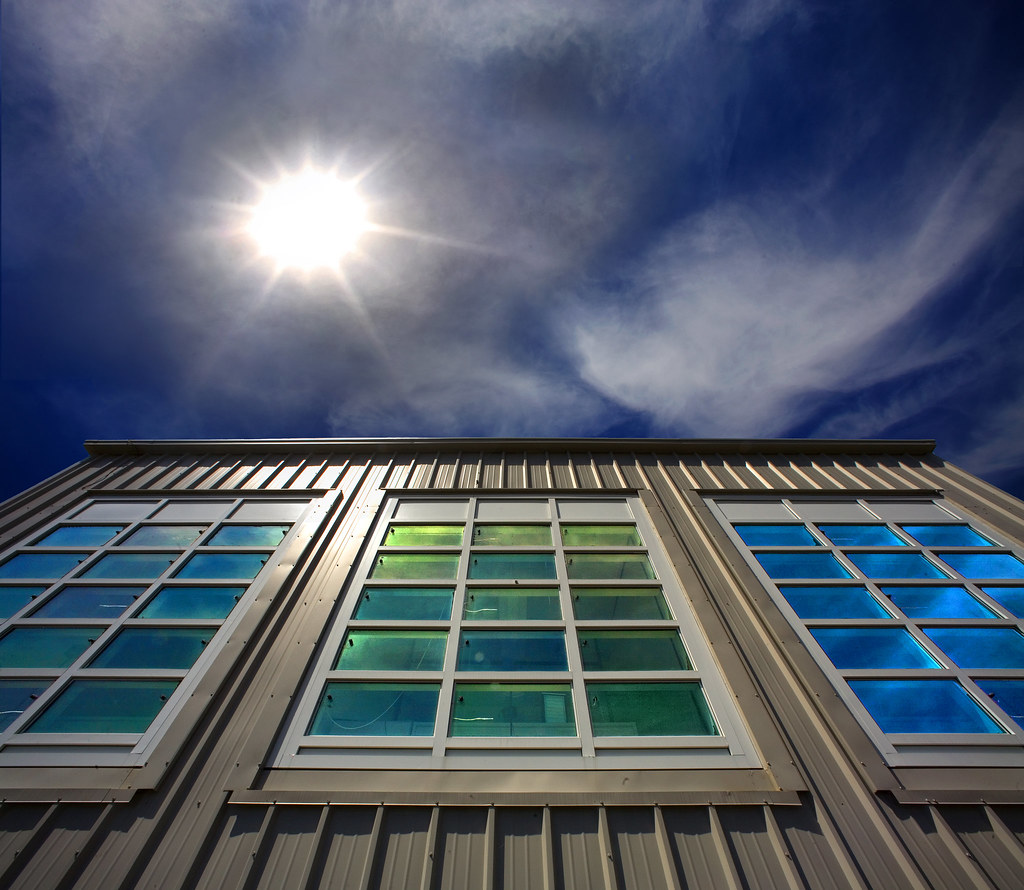
Enhancing Sustainable Living: The Comprehensive Guide to High-Efficiency Windows
In the pursuit of sustainable living, the role of high-efficiency windows cannot be overstated. Upgrading from aging, inefficient windows to modern, double or triple-pane ENERGY STAR models offers a transformative impact on energy consumption, resulting in lower heating and cooling bills. This article explores the key factors that contribute to energy efficiency in homes, delving into window insulation, frame materials, advanced glazing technologies, and the associated tradeoffs.
Window Insulation and Advanced Glazing Technologies
Replacing windows goes beyond aesthetics, with advanced glazing technologies playing a crucial role in energy conservation. These technologies provide superior insulation, preventing the intrusion of hot or cold outdoor air into the home. Low-emissivity coatings, for example, reflect heat back into the living space and limit UV damage, contributing to both energy savings and enhanced durability.
Frame Materials and Proper Installation
The choice of frame materials is paramount in achieving energy efficiency. UPVC frames, known for their durability and insulating properties, are a popular choice. However, the effectiveness of these materials hinges on proper installation, ensuring moisture sealing and the preservation of indoor air quality. The synergy between frame materials and installation is fundamental to maximizing the benefits of high-efficiency windows.
Smart Window Positioning for Passive Solar Heating
Strategic window positioning is a key strategy for harnessing passive solar heating and maximizing natural light during colder months. This intelligent design approach not only enhances energy efficiency but also contributes to the overall comfort of the living space.
Cost Considerations and Long-Term Savings
While the upfront cost of high-efficiency windows may seem significant, the long-term savings in energy bills make them a wise investment. On average, installing these windows yields energy savings ranging from 7-15% annually. The payback period for replacing all single-pane windows with ENERGY STAR models can be as short as 4 years, making it a financially viable choice.
Environmental Benefits and Incentives
Beyond cost savings, the environmental benefits of high-efficiency windows are substantial. Reduced energy consumption translates to a lower carbon footprint. Homeowners are also incentivized to make eco-friendly choices through federal tax credits covering 10% of the materials cost and utility rebates ranging from $2-$8 per square foot. These incentives make sustainable living accessible and financially rewarding.
Integration of Clean and Green Energy Practices
High-efficiency windows play a pivotal role in integrating clean and green energy practices. Maximizing natural light through well-designed windows reduces the need for artificial lighting, promoting a more energy-efficient and eco-friendly lifestyle.
Conclusion
In conclusion, the selection of high-efficiency windows is a conscious decision that goes beyond aesthetics. It is a step towards sustainable living, with significant energy savings, environmental benefits, and financial incentives. By understanding the key factors influencing energy efficiency, homeowners can make informed choices that contribute to a greener and more eco-friendly future.